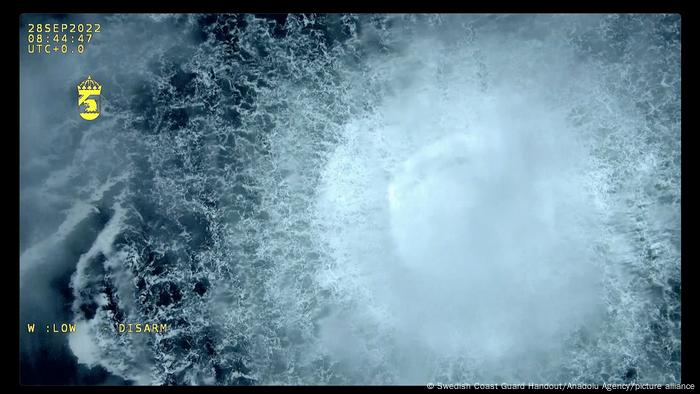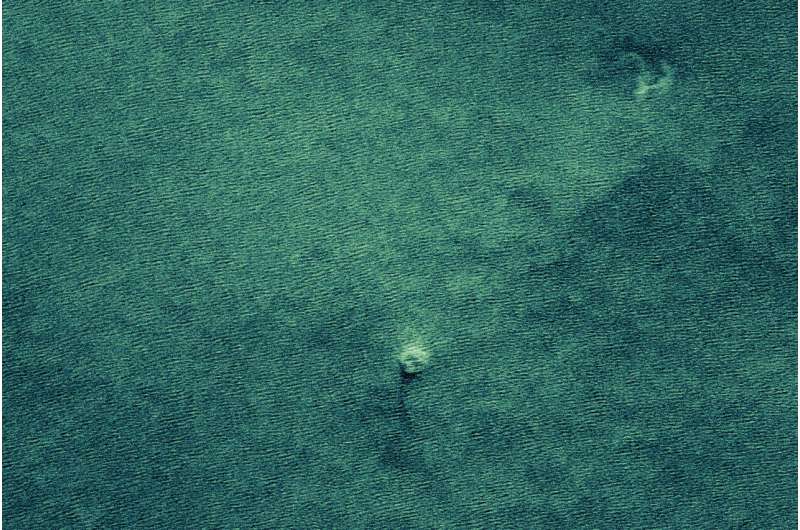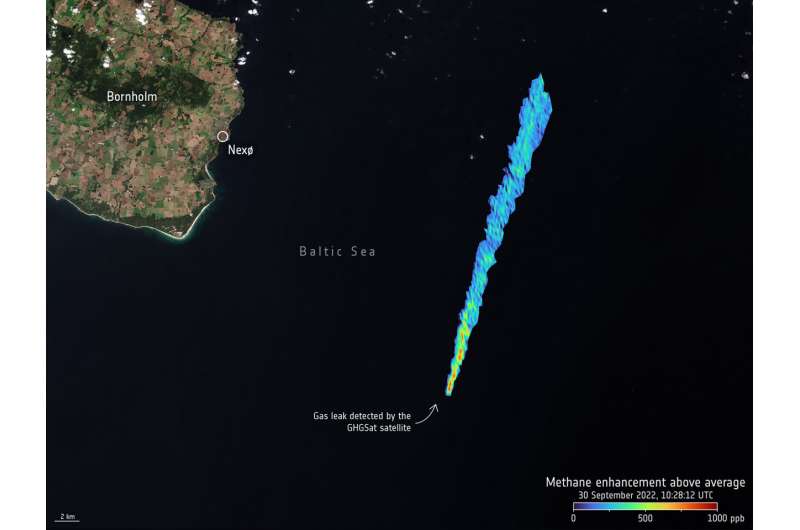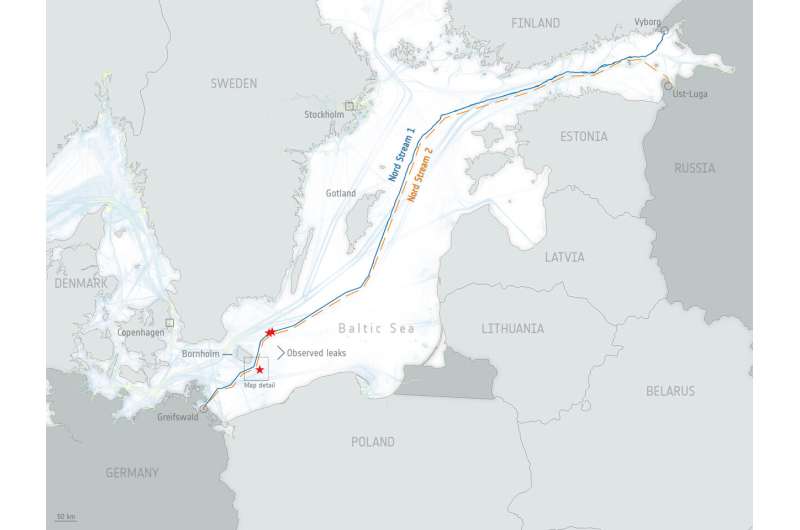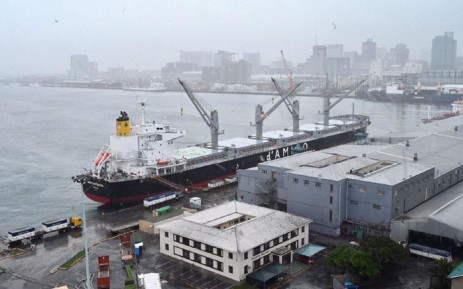How climate change is shifting the water cycle
Intense monsoons and fierce drought have one thing in common: the water cycle. Climate change and other human activity is disrupting this crucial system, which makes all life on Earth possible.
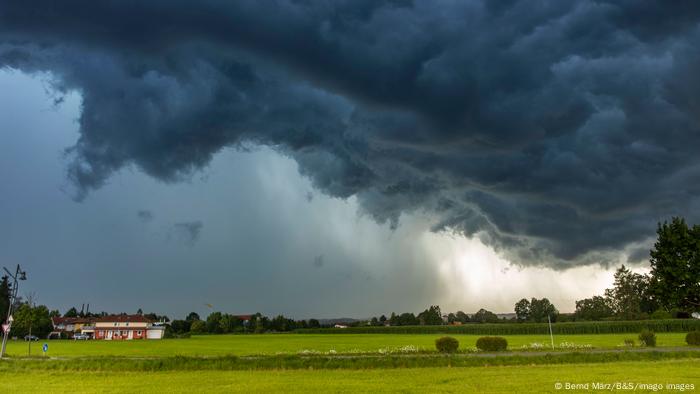
The hydrological cycle ensures a continuous movement of water through the Earth's land, seas
and atmosphere
What is the water cycle?
Put simply, the water cycle — also known as the hydrological cycle — is the process by which water moves through the Earth's land, seas and atmosphere. Water in its three natural phases, be it gas, liquid or solid, forms part of the natural cycle that continuously refreshes the supply of water that we, and every other living thing, need to survive.
Of the world's finite supply of water, around 97% is salty. The remaining 3% is fresh water which we use for things like drinking, bathing or irrigating crops. Most of that, however, is out of reach, locked away in the ice or deep underground in aquifers. Only around 1% of the world's total water supply is readily available to sustain all life on Earth.
How does the water cycle work?
The water held in lakes, rivers, oceans and seas is constantly heated by the sun. As the surface warms, liquid water evaporates and becomes vapor, escaping into the atmosphere. Wind can speed up that evaporation process. Plants also release water vapor through the pores, or stoma, of their leaves and stems, in what's known as transpiration.
Once in the air, vapor begins to cool and condense around tiny, suspended particles of dust, smoke or other pollutants, and forms clouds. These clouds can move around the planet in horizontal bands known as atmospheric rivers — a key feature of the global cycle that fuels weather systems.
When enough water vapor collects, the droplets suspended in the clouds begin to merge and grow larger. Eventually, they get too heavy and fall to the ground in the form of rain — or snow and hail, depending on the air temperature. This precipitation recharges the rivers, lakes and other bodies of water down below, and the cycle begins again.
Water also percolates through the soil under the influence of gravity and pressure, where it collects in underground reservoirs or aquifers. It continues moving to lower elevations, sometimes for thousands of years, in a process called groundwater flow before eventually seeping into a body of water to rejoin the cycle.
How climate change is disrupting the water cycle
Recent research shows that in some parts of the world, the water cycle is speeding up in response to human-caused climate change.
Warmer temperatures are heating the lower atmosphere and increasing evaporation, adding more water vapor to the air. More water in the air means a greater chance of precipitation, often in the form of intense, unpredictable storms. Conversely, increased evaporation can also intensify dry conditions in areas prone to drought, with water escaping into the atmosphere rather than staying on the ground where it's needed.
A recent study by researchers at the Institute of Marine Sciences in Barcelona, Spain, illustrated how climate change is accelerating the cycle by analyzing ocean surface salinity, which increases as water evaporation intensifies.
"The acceleration of the water cycle has implications both at the ocean and on the continent, where storms could become increasingly intense," said Estrella Olmedo, the lead author of the study, in a press release. "This higher amount of water circulating in the atmosphere could also explain the increase in rainfall that is being detected in some polar areas, where the fact that it is raining instead of snowing is speeding up the melting."
What can we do to help?
It's become clear that drastic cuts to fossil fuel emissions won't be easy, and any noticeable improvements won't be quick. But some more immediate fixes to stabilize the water cycle are possible.
Restoring wetlands and rethinking agriculture, to incorporate farming techniques that conserve water and preserve and build up the soil, can help to maintain and restore the capacity of the ground to absorb, purify and store water.
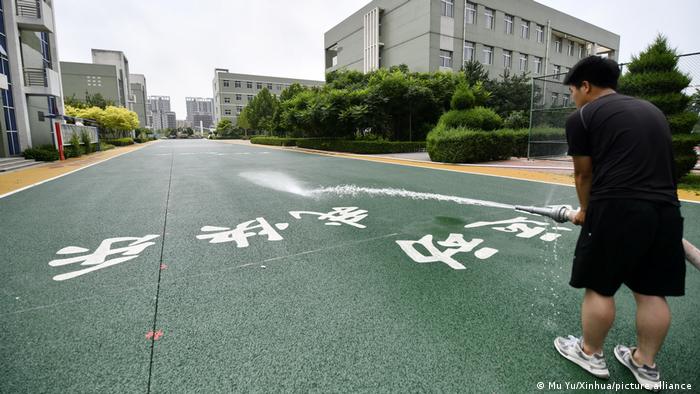
'Sponge cities' use permeable surfaces, like this road in the Chinese city of Qian'an, to absorb water
Bringing rivers and waterways back to a more natural state can also help to reverse some of the damage. Projects to remove obsolete dams and weirs in Europe and elsewhere are a major step in the restoration of floodplains, which absorb water and help replenish groundwater reserves.
Cities can also turn to nature-based solutions to support the water cycle, by making urban surfaces more permeable. "Sponge cities" use porous surfaces to allow water to filter through streets, squares and other spaces rather than see it funneled away. This stores water for use during periods of drought, while at the same time helping to combat flooding.
What's at stake?
Cities and regions in the watershed of the Hindu Kush and Himalayan mountain ranges in Central Asia may need to start turning to solutions like these in the coming years. Billions of people there rely on the seasonal accumulation of packed snow and ice stored in mountains and glaciers for their fresh water.
But a third of the regions' major ice fields are expected to disappear by the end of this century, according to a 2019 study by the International Centre for Integrated Mountain Development in Nepal — and that's if we manage to keep global warming to 1.5 degrees Celsius (2.7 Fahrenheit).
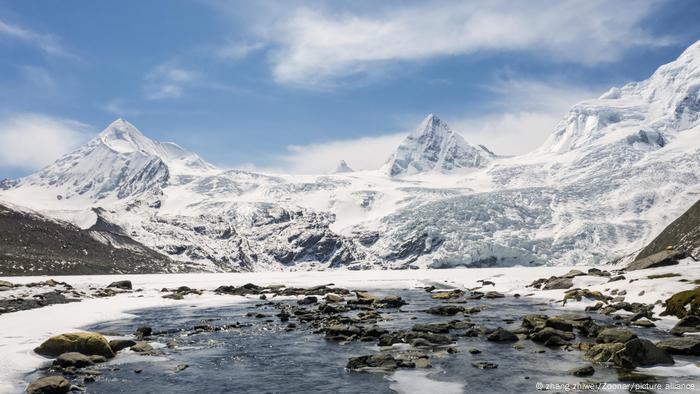
The Hindu Kush and Himalayan mountain ranges in Central Asia hold
the most ice in the world after the poles
Without a consistent flow of meltwater, water scarcity will increase for billions of people. And while groundwater can make up some of the shortfall, that's also projected to decrease in the coming decades due to climate change. Agriculture has already become more difficult in places like the India-administered region of Ladakh, in the Hindu Kush Himalayan range, where scientists have recorded a drop in snowfall and glacier retreat over the last few decades.
"This is the climate crisis you haven't heard of," said Philippus Wester of the International Centre for Integrated Mountain Development. "Impacts on people in the region, already one of the most fragile and hazard-prone mountain regions in the world, will range from an increase in extreme weather events, a reduction in agricultural yields and more frequent disasters."
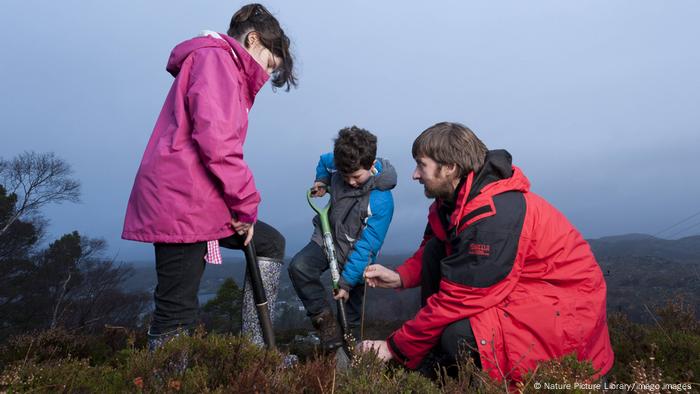
REWILDING SUCCESS STORIES
Harnessing people power to protect the planet
Rewilding, a social and ecological movement promoting more wilderness, has seen people across the world help restore, protect, heal and stabilize nature. Rewilding efforts have focused on repairing broken ecological systems and enhancing species survival by giving nature space to restore and manage itself. Ecologists in Europe have demanded that 20% of degenerated areas be renaturalized by 2030.
123456789
Edited by: Tamsin Walker
DW RECOMMENDS
AUDIOS AND VIDEOS ON THE TOPIC
- Date 10.10.2022
